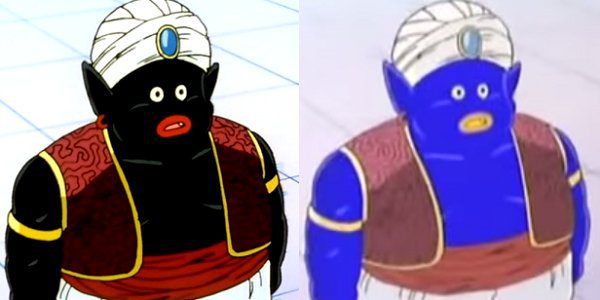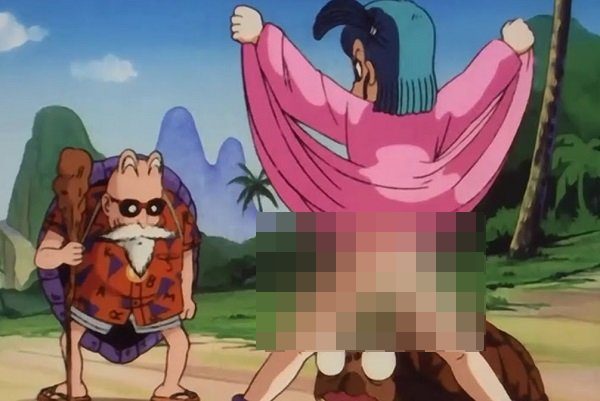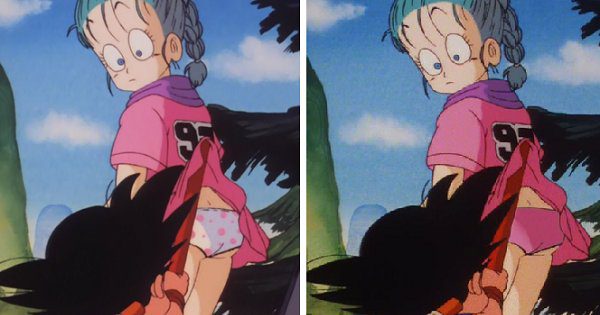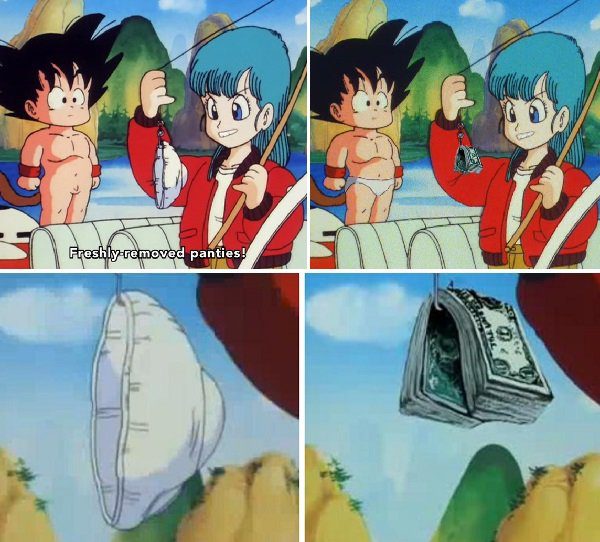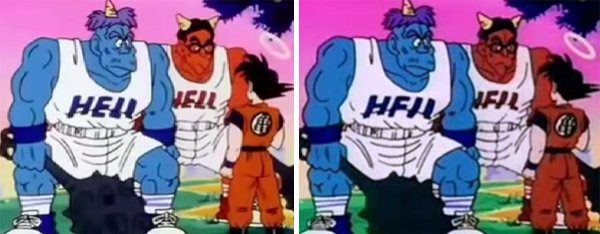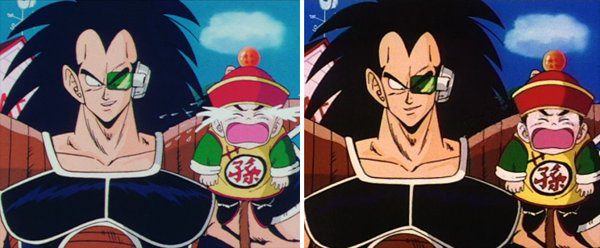In Vietnam, Dragon Ball is considered one of the most popular manga and anime series, especially among the generations of the late 1980s and 1990s. However, in some countries, Dragon Ball has been labeled as inappropriate for viewers under 18 years old. The anime adaptation of Dragon Ball has also faced significant censorship and modifications due to sensitive content.
Mr. Popo’s Skin Color Changes
Mr. Popo in Dragon Ball is the faithful attendant of the Supreme Kai, depicted as a stout black-skinned character. His image has often been a subject of debate, leading to the alteration of his skin tone from black to blue. This change sparked discussions about racial representation, as Mr. Popo was perceived as a stereotype, prompting the alteration.
Some argue that Mr. Popo’s character was not intended to be offensive, but rather a unique representation. Nevertheless, the shift to a blue hue has led to a lack of clarity regarding Mr. Popo’s character, removing any potential for negative stereotypes.
Censorship of Sensitive Content Related to Gender
If you grew up reading the comic published by Kim Dong Publishing House, you might remember some of the more risqué scenes from the anime adaptation. For example, scenes where Bulma is seen wearing revealing outfits or when she transforms into a character that is overly exposed were often censored in international releases.
Many scenes were modified to remove or alter any revealing content. For instance, when Goku first meets Bulma, her outfit was changed from a short skirt to something more conservative, which has led to some confusion among fans.
Changes to Dialogue and Branding
One of the most significant changes occurred with Bulma’s dialogue, where a scene depicting her in a more revealing outfit was altered to remove any suggestive elements. The original dialogue that was deemed inappropriate was replaced with more neutral phrases.
Additionally, the iconic Kame House logo was changed to remove certain imagery that might have been deemed offensive to some viewers, altering the representation of the brand in the series.
Character Design and Color Alterations
Even the character designs have undergone changes; for example, Goku, who originally had a more distinct appearance, now features a different color palette to avoid connotations associated with certain ethnicities.
Conclusion: The Impact of Censorship
Fans of Japanese anime are well aware of the emotional intensity that often accompanies certain scenes, notably when characters experience emotional turmoil. However, in Dragon Ball, many of these iconic moments have been altered or removed entirely, demonstrating the extent to which content can be modified for different cultural contexts.
Overall, the changes made to Dragon Ball highlight the complexities of cultural sensitivity in media, illustrating the fine balance between artistic expression and audience appropriateness.


